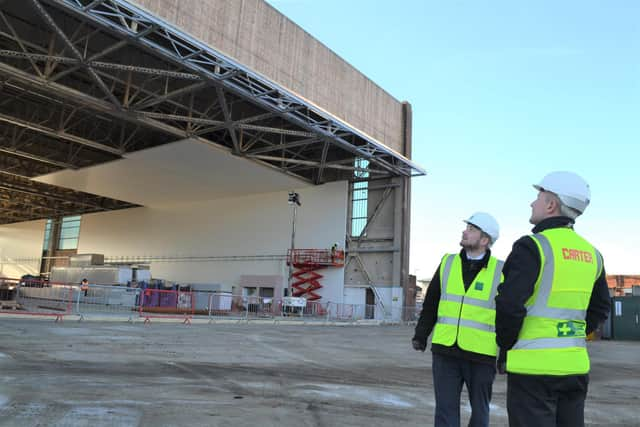Historic wartime hangars at Cranfield University get energy efficiency refurb
and live on Freeview channel 276
Two wartime RAF hangars at Cranfield University are to get a major refurbishment to improve energy efficiency and carbon footprint.
Built in 1936, the giant hangars were originally built in preparation for the Second World War and are currently used for research and maintenance purposes. The refurbishment will transform the thermal performance and efficiency of the hangars with the aim of significantly reducing the carbon footprint of the buildings.
Advertisement
Advertisement
Gareth Ellis, energy and environment manager at Cranfield University, said: “We’re delighted to have R G Carter and CDG once again on board as lead contractors and designers for the project.


“The refurbishment and decarbonisation of these two historic WWII hangars will ensure they continue to service the University for many more years to come, while also supporting our steps towards net zero carbon emissions by 2030.”
The work is being made possible by an award through the Public Sector Decarbonisation Scheme (PSDS) which is funded by the Department for Business, Energy, and Industrial Strategy (BEIS).
R G Carter’s project manager, Dan Cox, said: “We’re thrilled to be working on yet another significant project for Cranfield University. This will be our fifth major project at the University in five years, following the successful completion of the Aerospace Integration Research Centre (AIRC), Digital Aviation Research and Technology Centre (DARTeC), Agri-informatics building and Cranfield Airport Fire Station on campus.
Advertisement
Advertisement
“The refurbishment and the decarbonisation of the two hangars has already begun and we expect the project to complete later this autumn."
Once complete, the heating demand of the buildings will be reduced by 75% and the carbon footprint reduced.